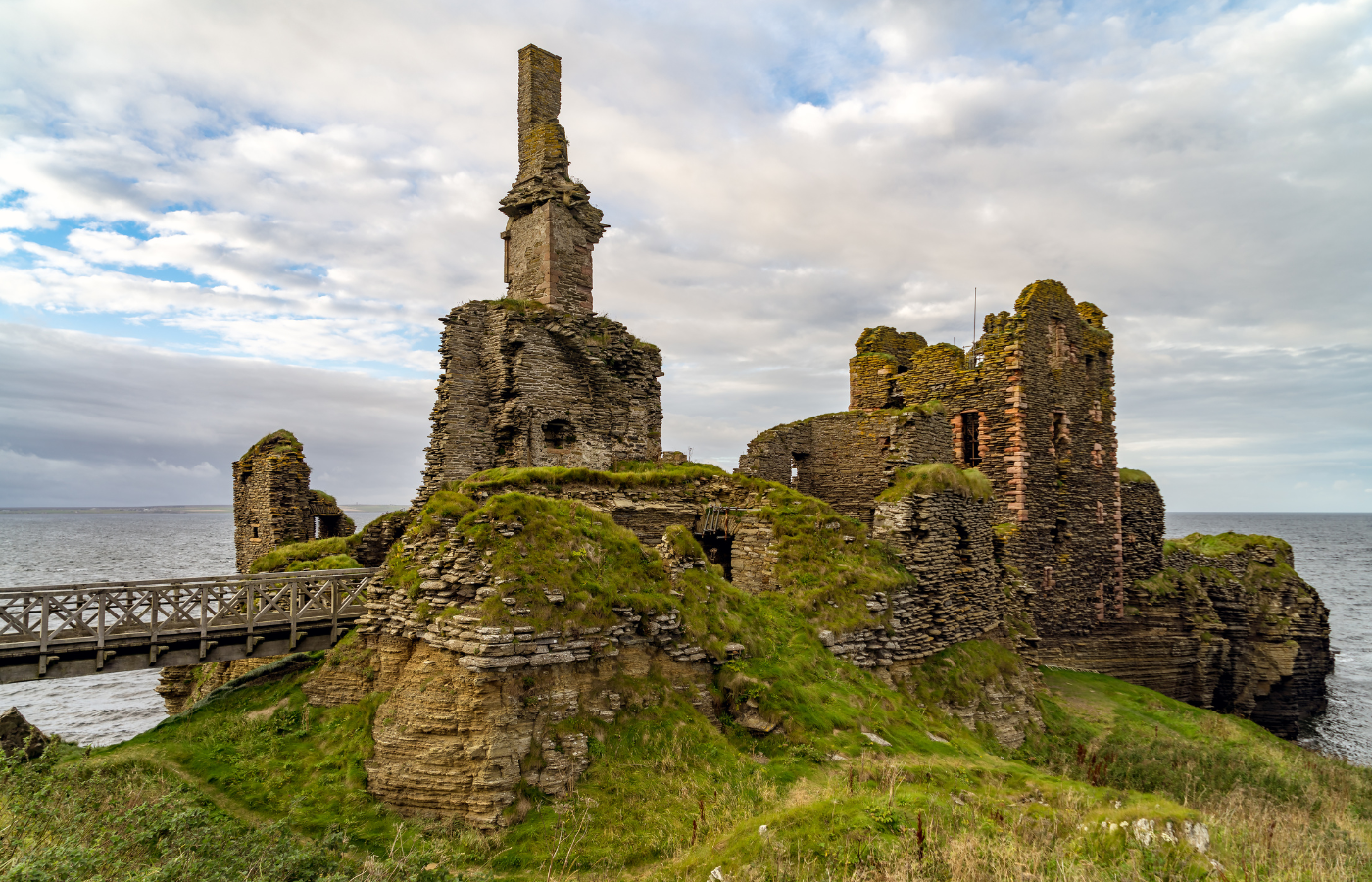
Clan Sinclair: A Storied Scottish Clan
The roots of Clan Sinclair trace back to their origins in England when they joined William the Conqueror during his invasion. It was in Scotland that their name took shape, with Sir William Saint Clair being granted the Barony of Roslin in 1180 by the King of Scotland. Marriages and alliances brought the Earldom of Orkney into their fold, and in the following century, they expanded their influence into Caithness.
In this post, I’ll attempt to create a brief concise history of the clan and how they got to be where they are today, and how people from all over the world now carry the name Sinclair.
Wars of Scottish Independence: The Clan Sinclair Legacy Forged
In the crucible of the Wars of Scottish Independence, Sir William Sinclair of Rosslyn, a key figure, was captured at the Battle of Dunbar in 1296. His fate, likely met in the Tower of London, underscored the trials faced by the clan. The Battle of Roslin in 1303, led by Henry Sinclair of Rosslyn and the Clan Comyn, saw Scots prevail over English forces. Their valor shone again at the Battle of Loudon Hill in 1307, as Henry Sinclair of Rosslyn fought alongside Robert the Bruce against the English.
The tragic Battle of Teba in 1330 witnessed the deaths of Sir William Sinclair, heir to Henry, and his brother John, who sought to carry Robert the Bruce's heart to the Holy Land. Their resting place is Rosslyn Chapel, founded by William Sinclair, 1st Earl of Caithness.
The 16th Century: A Century of Sacrifice
The 16th century saw the sacrifice of William Sinclair, 2nd Earl of Caithness, and around 300 Sinclairs at the Battle of Flodden in 1513 while fighting for James IV of Scotland. In 1568, Henry, the 3rd Lord Sinclair, played a vital role in assisting Mary, Queen of Scots' (pictured) escape from Lochleven Castle. The year 1592 brought knighthood to William Sinclair of Mey, bestowed by King James VI of Scotland.
The 17th Century: Shifting Fortunes
The 17th century bore witness to significant changes in Sinclair's fortunes. The clan had to sell portions of their Caithness lands to manage debts. Internal disputes escalated to the Battle of Altimarlech in 1680, where the Sinclairs clashed with the Campbells.
Legend has it that so many Sinclairs perished that the Campbells crossed the water without wetting their feet. However, the Sinclairs regained the earldom through an order of Parliament in 1681, showcasing their continued influence.
The 18th Century and Jacobite Risings: A Changing Loyalty
As the Jacobite uprisings unfolded, the Sinclairs first lent their support during the 1715 uprising. However, by the 1745 Jacobite rising, they shifted allegiance to the British Hanoverian government. At the Battle of Culloden in 1746, Sir James Sinclair of Rosslyn led the Royal Scots regiment on the British Hanoverian government side.
Guided by their motto, "Commit thy work to God," Clan Sinclair's rich history reflects their enduring spirit and complex journey through Scotland's historic tapestry.
If you are of Clan Sinclair or any other clan for that matter, consider booking a historical clan tour with us where our expert Scotland guides will take you to the seats of your clan, the pivotal moments in their history and the legacy they’ve left behind.


